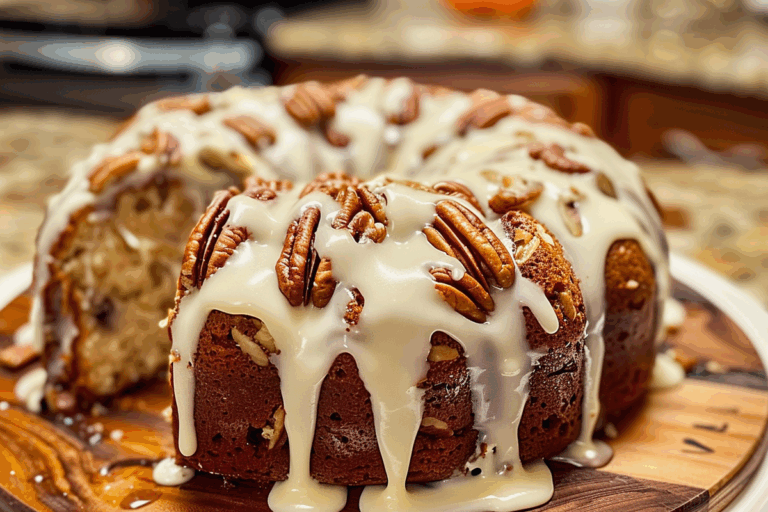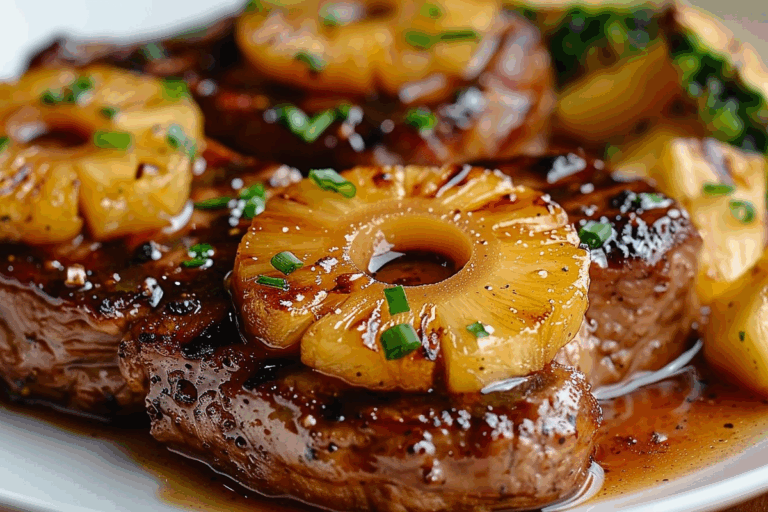No-Knead Rosemary Cranberry Bread
If you’re looking for a simple yet stunning addition to your bread repertoire, this No-Knead Rosemary Cranberry Bread with Olive Oil & Sea Salt is exactly what you need. It’s a rustic bread that combines sweet cranberries, fragrant rosemary, and a touch of sea salt, creating a perfect harmony of flavors. In this post, we’ll walk you through the easy steps to create this delightful bread, explore why it’s a fantastic choice for any occasion, and offer tips for achieving the best results.
Why You Will Love This Recipe
This recipe transforms the traditional notion of bread-making by eliminating the kneading process, making it a perfect choice for both novice and experienced bakers. The long fermentation period allows the flavors to develop beautifully, resulting in a scrumptious, chewy interior with a crusty exterior. The addition of rosemary provides a fresh, aromatic touch that pairs perfectly with the tartness of chopped cranberries, while a drizzle of olive oil and a sprinkle of flaky sea salt elevate the overall taste, making this bread irresistible.
Ingredients
To craft this mouthwatering No-Knead Rosemary Cranberry Bread, you’ll need the following ingredients:
- 3 cups all-purpose flour
- 1 ½ tsp salt
- ½ tsp active dry yeast
- 1 ½ cups warm water
- ¾ cup dried cranberries
- 1 tbsp chopped fresh rosemary (or 1 tsp dried)
- 1 tbsp olive oil (plus more for drizzling)
- Flaky sea salt, for topping
Directions
Step 1: In a large mixing bowl, combine the flour, salt, yeast, dried cranberries, and chopped rosemary. Stir the ingredients together until they are well mixed. This forms the dry base of your dough.
Step 2: Next, pour in the warm water. Using a wooden spoon or your hands, mix the water into the dry ingredients until a shaggy dough forms. The dough will be sticky and somewhat rough, but this is perfectly normal for a no-knead bread.
Step 3: Once the dough comes together, cover the bowl tightly with plastic wrap or a damp kitchen towel. Allow it to rest at room temperature for 12 to 18 hours. This long fermentation period is crucial as it develops the flavors and texture of the bread.
Step 4: After the resting period, preheat your oven to 450°F (230°C). While the oven is heating, place a Dutch oven or heavy pot with a lid inside to preheat for at least 30 minutes. This will help create steam in the oven, resulting in a better crust.
Step 5: Once preheated, turn the dough out onto a well-floured surface. With floured hands, shape the dough into a ball without excessive handling, as you want to maintain the air bubbles created during fermentation.
Step 6: Carefully remove the hot pot from the oven. Place the shaped dough inside, drizzle with olive oil, and sprinkle generously with flaky sea salt. The hot pot allows for a perfectly baked crust.
Step 7: Cover the pot with its lid and bake the bread for 30 minutes. This creates steam, which is essential for achieving that wonderful crust.
Step 8: After 30 minutes, remove the lid and continue to bake for an additional 10 to 15 minutes, or until the bread is golden brown and crusty. The internal temperature of the bread should be around 200°F (93°C) when it is done.
Step 9: Once baked, carefully remove the bread from the pot and allow it to cool on a wire rack for at least 30 minutes before slicing. This resting period helps set the crumb and makes for cleaner cuts.
FAQ
Can I use fresh cranberries instead of dried cranberries?
Yes, you can use fresh cranberries, but keep in mind that fresh cranberries are more tart. You might want to reduce the salt slightly or add a tablespoon of sugar to balance the tartness.
How can I store leftover bread?
Store leftover bread in a paper bag at room temperature for up to 2 days. If you want to keep it longer, slice the bread and freeze it in an airtight container or a freezer bag for up to 3 months.
Can I make this bread with whole wheat flour?
Yes, you can substitute some or all of the all-purpose flour with whole wheat flour. Just be aware that the texture may be denser, so you might need to add a little more water.
Why is there no kneading involved?
This no-knead method relies on long fermentation to develop gluten, which creates a chewy texture without the need for traditional kneading.
What can I serve this bread with?
This bread is versatile! Serve it with olive oil for dipping, alongside a cheese platter, or use it to make delicious sandwiches. It also pairs beautifully with soups and stews.
Conclusion
This No-Knead Rosemary Cranberry Bread with Olive Oil & Sea Salt is not only simple to make but also an impressive addition to any table. Perfect for holiday gatherings, family dinners, or just a cozy night in, this bread will delight your senses and fill your home with a warm, inviting aroma. Enjoy it fresh out of the oven, or toasted with a bit of butter. Whatever you choose, you’re in for a treat!







